Resin art is exciting, but have you ever noticed your resin getting hot as you mix? That heat is called an exothermic reaction and understanding it’s key to safe, stunning resin projects.
Whether you’re a beginner or a pro, knowing how to control resin’s heat will help you avoid common mistakes.
Ready to master your next pour and keep your creations flawless? Read on to learn everything you need to know about exothermic reactions in resin!
What is an Exothermic Reaction in Resin?
If you have ever mixed resin and hardener together, you have started a chemical reaction. This reaction gives off heat, which is known as an exothermic reaction.
The resin molecules link together and form solid plastic, which is what makes your project harden. The heat you feel is a normal part of the curing process, but too much heat can cause problems.
Why Does Resin Get Hot When You Mix It?
Have you noticed your resin cup warming up as you stir? This happens because the resin and hardener are combining to form new molecules.
This process releases energy, and that energy escapes as heat. If you pour a lot of resin at once or use a deep mold, you’ll notice it gets much hotter.
Sometimes, if the reaction is too strong, the resin can get so hot it smokes, bubbles, or even cracks.
Common Problems Caused by Exothermic Reaction in Resin
Knowing the possible issues helps you prevent project disasters. If the exothermic reaction gets out of control, you might run into these issues:
- Overheating: The resin can get so hot it melts your mold or scorches your art.
- Cracks and Bubbles: Too much heat can make the resin foam, bubble, or crack as it cures.
- Yellowing: High heat can turn clear resin yellow.
- Fire Risk: In rare cases, a very large batch of resin can get hot enough to ignite nearby materials. This fire risk is extremely rare and usually only a concern for large-volume pours.
That’s why understanding the exothermic reaction is so important for safe and successful resin projects.
Examples of Exothermic Reaction with Resin
It helps to know where exothermic reactions show up in real projects. Here are some common situations where you’ll notice the heat:
- Deep Pours: Pouring thick layers of resin for river tables or large castings heats up fast.
- Mold Projects: Small molds usually stay cool, but big or deep molds can get very hot.
- Resin Art: Making trays, coasters, or jewelry usually means thin pours, but if you try to make a thick piece, watch out for heat!
What Makes the Exothermic Reaction Stronger or Weaker?
Some factors make the exothermic reaction more intense, while others help keep it under control. Understanding these can help you plan your projects better.
- Pour Thickness: The thicker the pour, the hotter it gets.
- Batch Size: Mixing a lot of resin at once creates more heat.
- Room Temperature: Warm rooms speed up the reaction. Cold slows it down.
- Mixing Ratio: Using too much hardener or resin by mistake can make the reaction too strong.
- Type of Resin: Some resins are made for deep pours and stay cooler, while others are for thin layers only.
If you want to know which resin is best for your project, check out this guide to the best clear epoxy resin.
How to Control and Prevent Runaway Exothermic Reaction in Resin
You can prevent overheating and ruined projects by following a few simple steps. Here’s how to keep your resin projects safe and smooth:
- Mix Small Batches: Don’t mix more resin than you need at once.
- Pour in Thin Layers: For deep projects, pour several thin layers instead of one thick one.
- Use the Right Mold: Silicone molds can handle heat, but thin plastic may melt.
- Cool Your Workspace: Work in a cool room if possible.
- Spread Out the Resin: Pour resin onto a flat surface to let heat escape.
- Stir Slowly: Fast stirring adds air and speeds up the reaction.
- Have a Fan Ready: If your resin gets hot, a fan can help cool it down.
If you want more tips on curing times and controlling heat, don’t forget to browse this epoxy cure time guide.
What to Do If Your Resin Gets Too Hot
Sometimes resin heats up faster than you expect. Knowing what to do can save your project and keep you safe.
- Move It: If your resin starts to smoke or bubble, move it to a cooler spot right away.
- Thin It Out: Pour the resin into a shallow tray to let heat escape.
- Cool It Down: Place the mold on a cool surface, or use a fan to help lower the temperature.
- Stay Safe: If you see smoke or smell burning, step back and let it cool before touching.
Never add water to hot resin. Adding water to overheated resin can cause splattering or violent reactions.
Safety Tips for Handling Exothermic Reactions in Resin
Working safely is the most important part of any resin project. Follow these tips so you can craft with confidence:
- Wear Gloves and Goggles: Protect your skin and eyes from spills and splashes.
- Work in a Ventilated Area: Resin fumes can be strong, so open a window or use a fan.
- Keep Water Nearby: For cleaning, not for cooling hot resin.
- Have a Fire Extinguisher: Just in case, especially for large projects.
- Dispose of Waste Properly: Don’t throw leftover resin in the trash until it’s fully cured.
Want to Try UV Resin Instead? If you’re looking for a way to cure resin without worrying about heat, discover how to use UV resin.
Conclusion
Resin is an amazing medium, and understanding exothermic reaction is the key to safe and beautiful results. Always take your time, follow safety tips, and enjoy the creative process.
For more guides and tips on resin projects, visit Resiners for helpful resources and inspiration.
Ready to start your next masterpiece? Shop top quality resin products now! With the right knowledge and materials, you'll achieve the best results every time.
Frequently Asked Questions About Exothermic Reaction
How does resin react to heat?
Resin softens and becomes more flexible when exposed to moderate heat. If resin gets too hot during the exothermic reaction, it can bubble, yellow, or burn, which can ruin your project. Once fully cured, most resins tolerate normal temperatures but may warp or discolor if exposed to intense heat, such as from a hot pan or direct sunlight.
What temperature is epoxy exothermic?
Epoxy resin can reach temperatures between 120°F and 250°F (50°C to 120°C) during the exothermic reaction, depending on the amount mixed and the thickness of the pour. Large batches or thick pours can get even hotter, sometimes exceeding the safe limits for molds and work surfaces. Always follow the manufacturer’s instructions to avoid overheating and ensure a safe curing process.
Why does my resin get hot so fast?
If you mix a large batch or pour thick layers, the exothermic reaction speeds up and generates more heat. Warm room temperatures and fast or vigorous mixing can also accelerate the reaction. To prevent your resin from heating up too quickly, mix smaller batches and pour in thinner layers.
How thick can I pour resin without overheating?
Most standard epoxy resins can be poured up to 1/8 to 1/4 inch thick per layer without risk of overheating. For thicker pours, always use a deep-pour resin specifically formulated to handle the extra heat safely. Building up your project in layers and allowing each to cure will help you avoid cracks, bubbles, and excessive heat.
Can I slow down the exothermic reaction?
Yes, you can slow down the exothermic reaction by working in a cooler room and mixing smaller batches of resin at a time. Pouring in thinner layers also helps control the heat generated during curing. These steps will give you more working time and help prevent your resin from overheating.
Related articles:
Resin Casting Basics: Everything Newbies Need To Know
Types of Resin: A Crafter's Guide to Finding the Perfect Pour

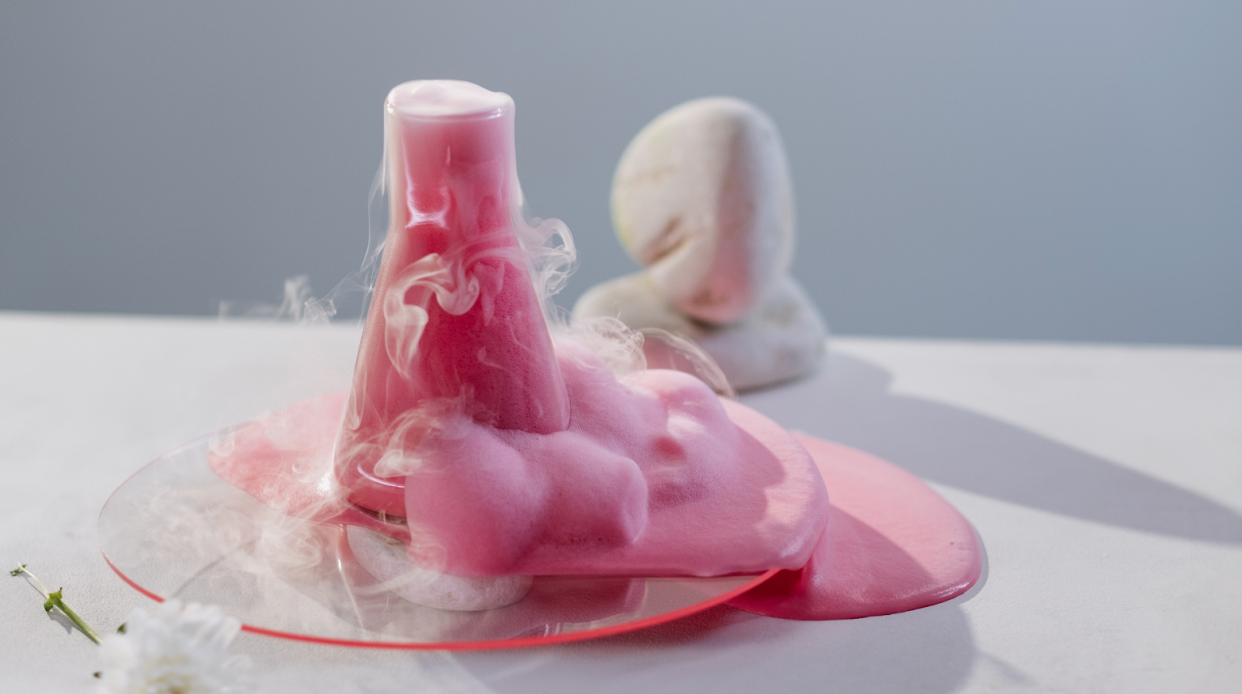
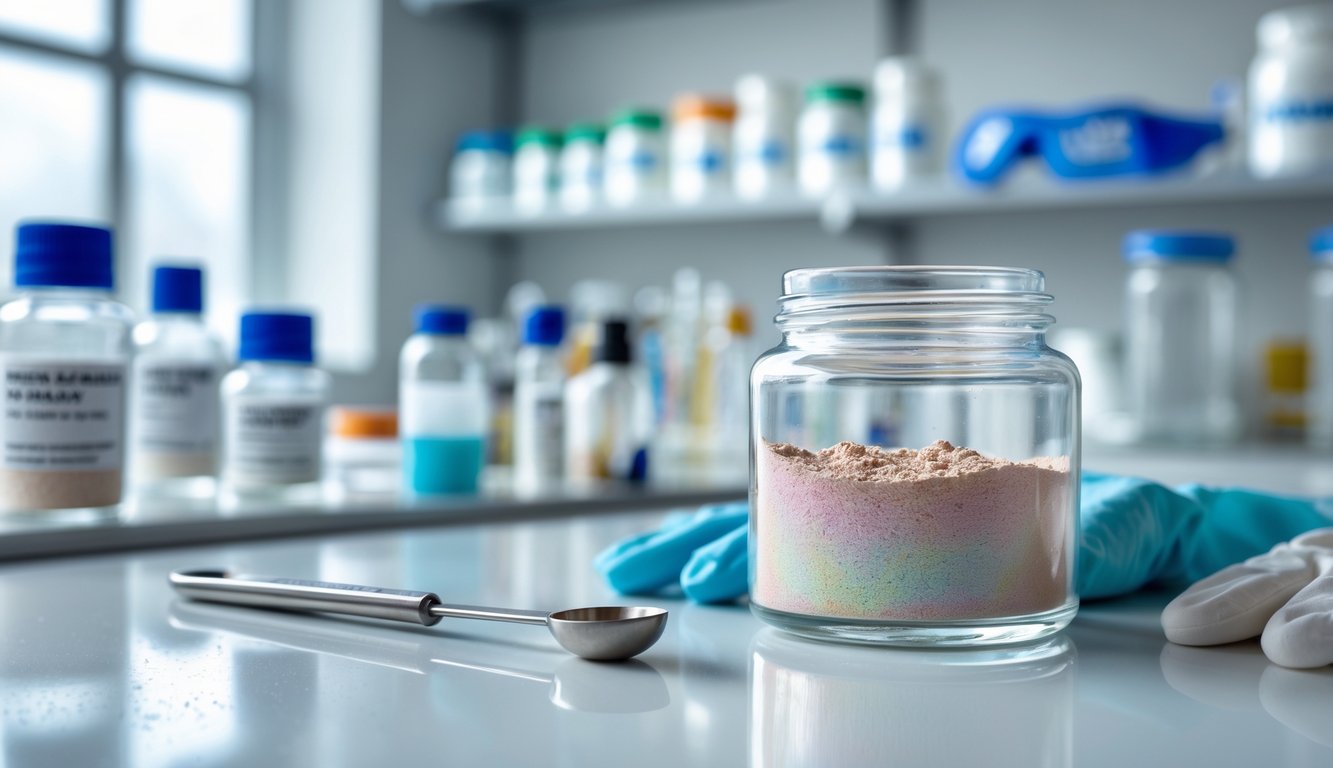


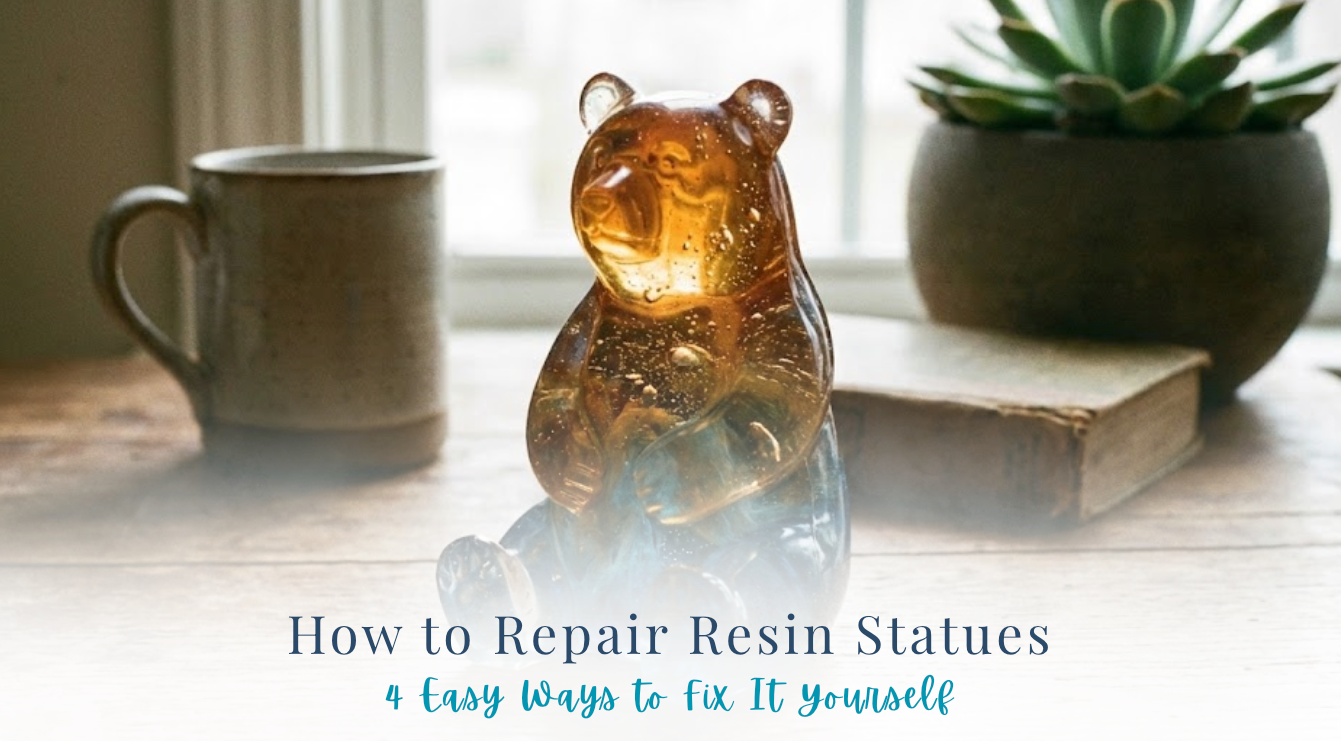

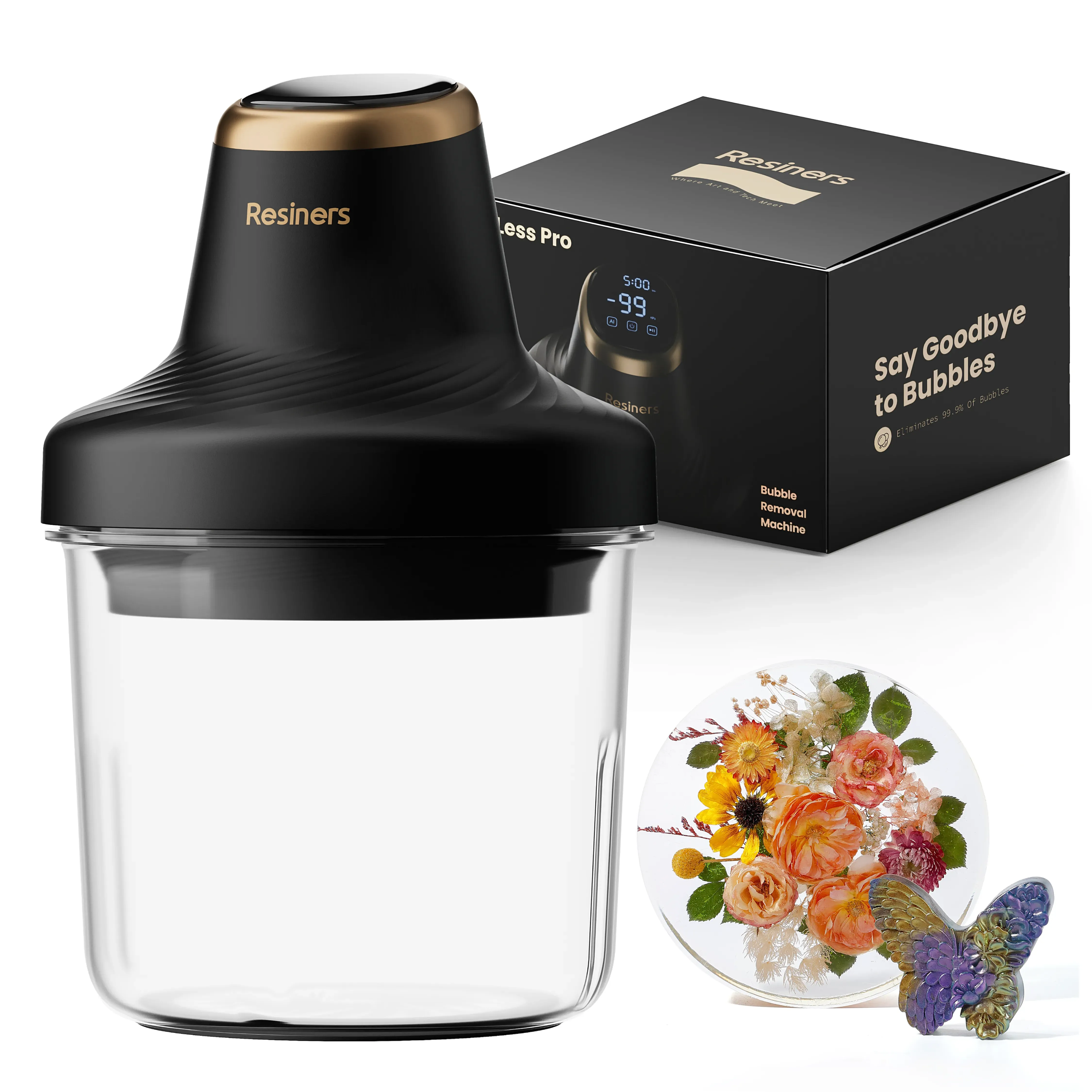
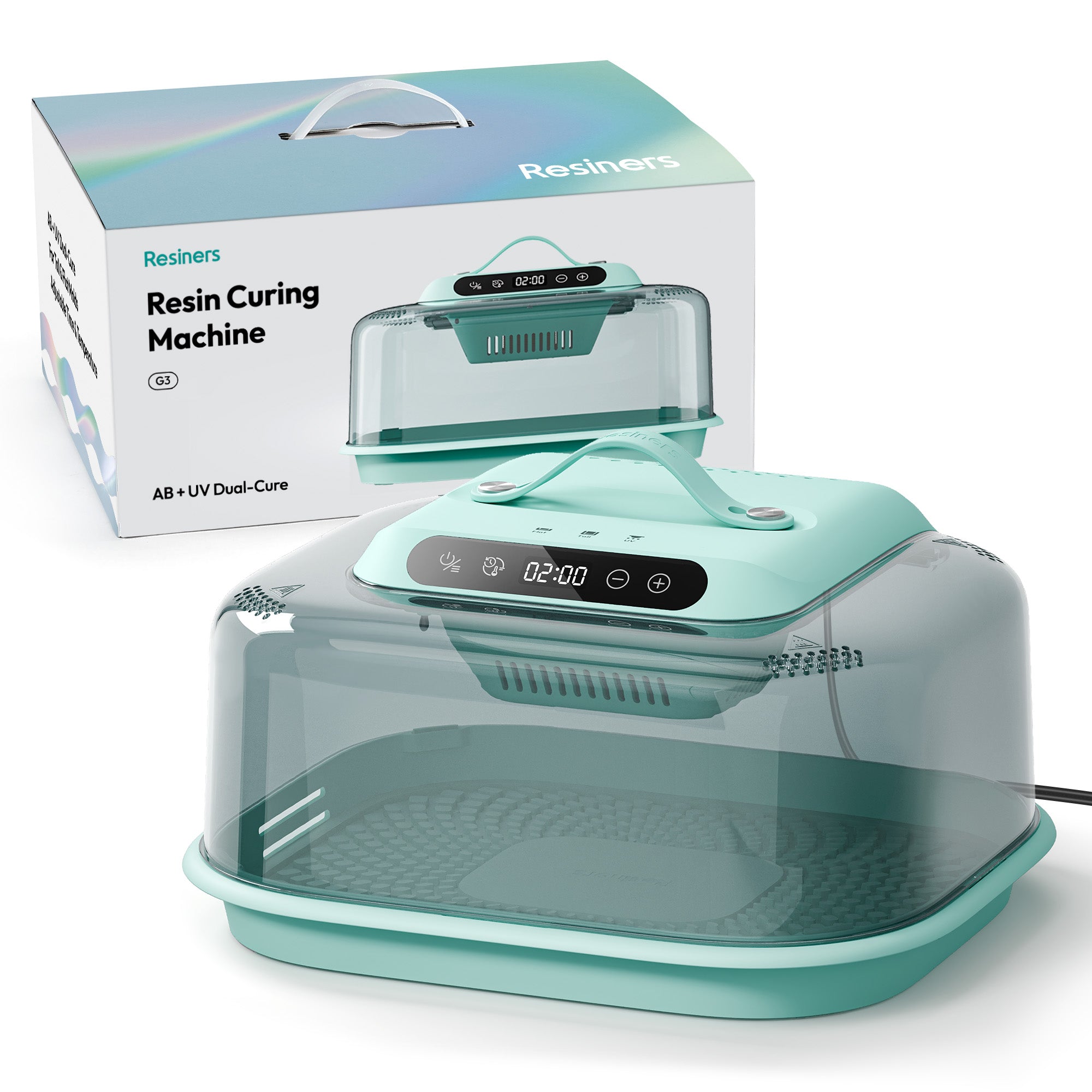


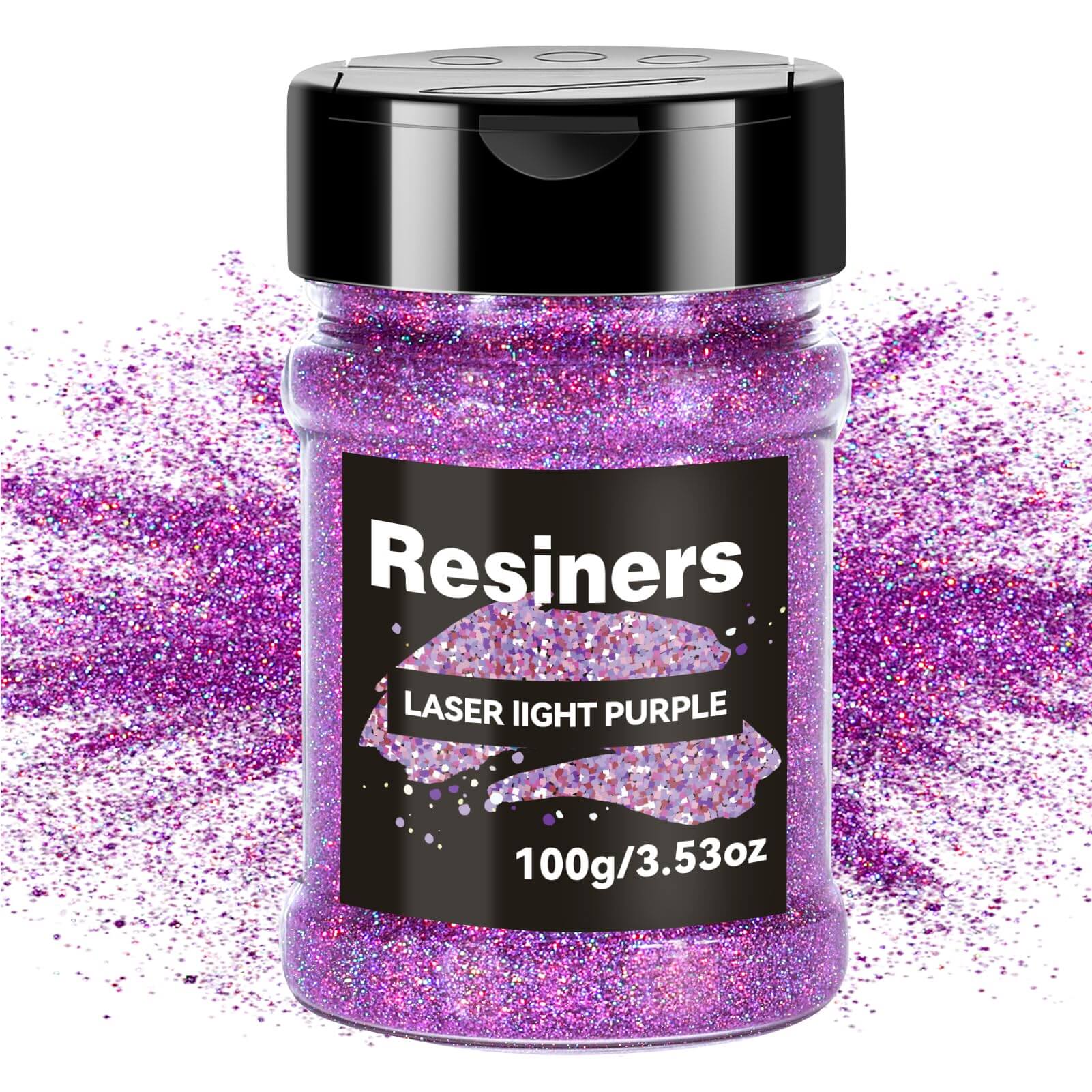
Commenta
Questo sito è protetto da hCaptcha e applica le Norme sulla privacy e i Termini di servizio di hCaptcha.